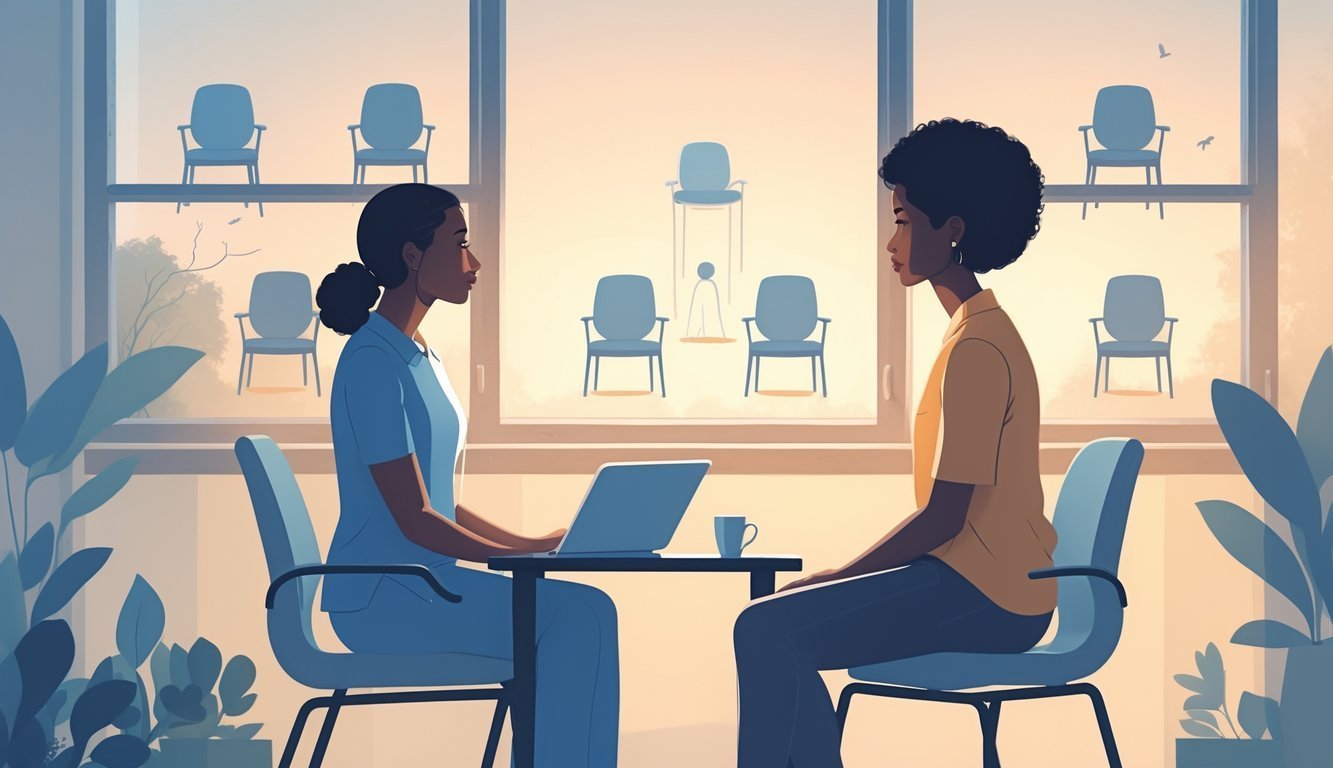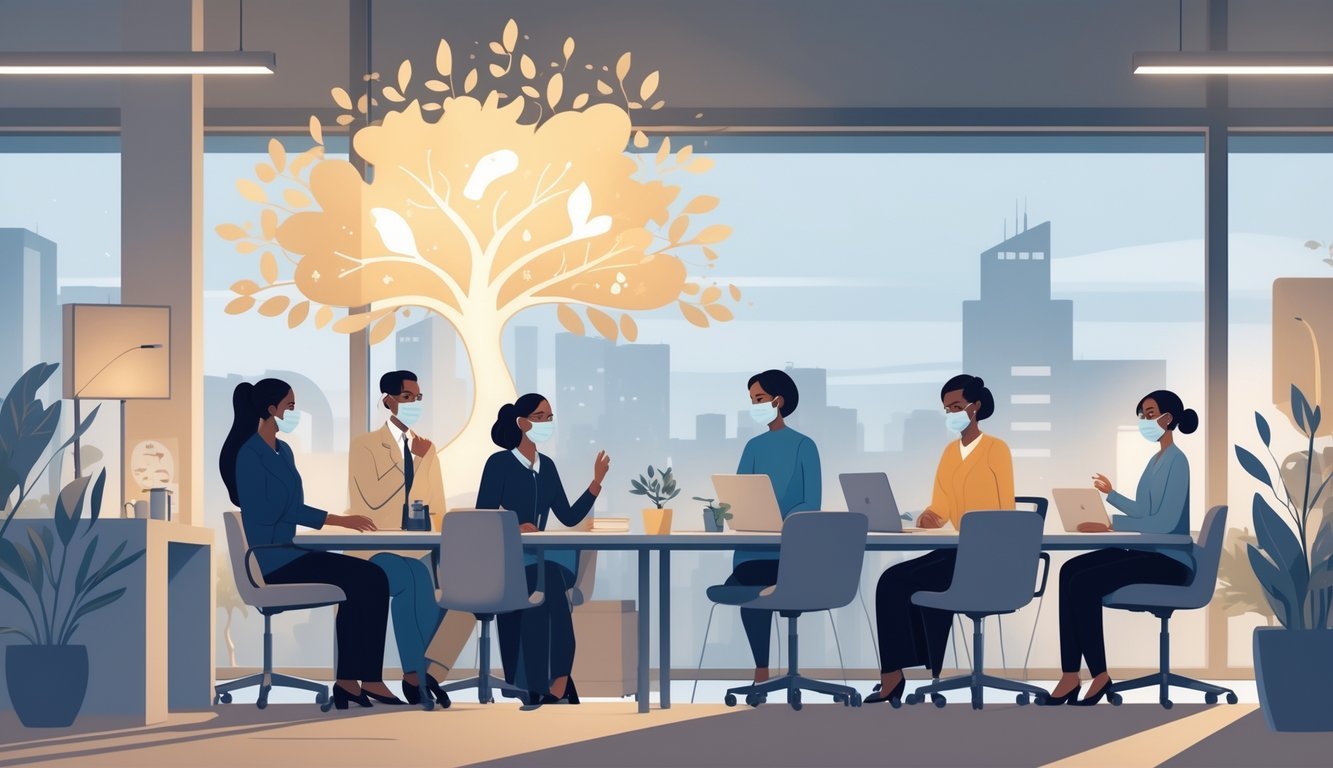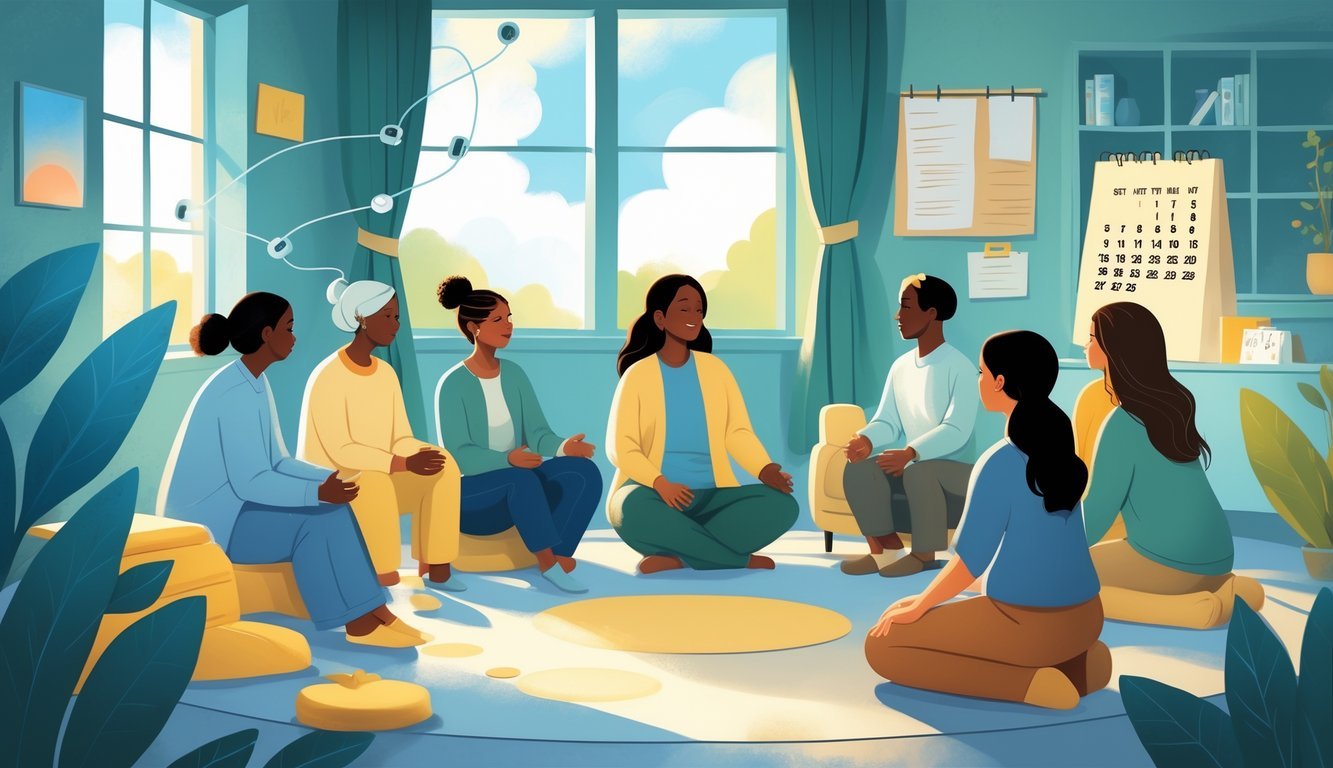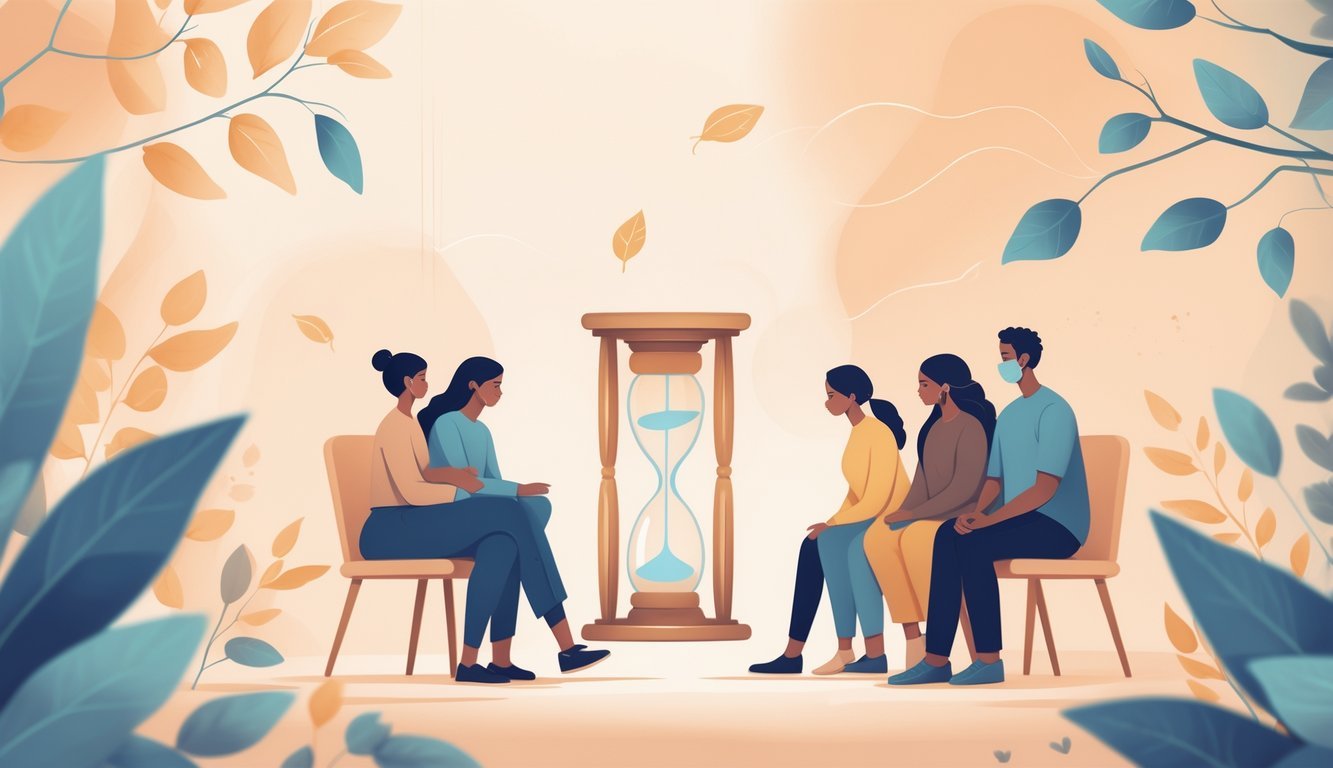PsychNewsDaily Publishers
100 Summit Drive
Burlington, MA, 01803
Telephone: (320) 349-2484
PsychNewsDaily Publishers
100 Summit Drive
Burlington, MA, 01803
Telephone: (320) 349-2484
Bereavement has evolved during COVID-19, leading to complicated grief, social isolation, and disrupted mourning rituals, requiring innovative support strategies and enhanced emotional care for the bereaved.

Bereavement has taken on new meaning for grief professionals since the COVID-19 pandemic began.
You’re facing challenges you probably never expected, as so many people now experience loss suddenly, in isolation, and with all sorts of restrictions on gatherings and rituals.
Honestly, understanding grief feels a lot more complicated than it used to.
Grief during the pandemic often brings a sense of unfinished goodbyes and missed support from family or friends.
You’ve had to adapt to help people cope, keeping in mind these unique emotional needs.
Your approach has to be more flexible, more sensitive, and honestly, sometimes just more creative given how much has changed.
COVID-19 has shifted not just how people grieve, but also how you support them.
You need new strategies to meet the emotional needs of people suffering loss in a world that still feels upside down.

You’ve seen firsthand how the pandemic reshaped loss for so many.
Survivors grieve differently now, facing challenges you might not have encountered before.
This shift really changes the way you support people who are bereaved.
Bereavement during the pandemic isn’t just about someone dying.
It often means sudden, unexpected deaths—no chance for goodbyes, no closure.
You probably notice grief tied up with isolation and the loss of daily routines.
Grief feels messier, mixing sadness with anger, confusion, and guilt.
Pandemic grief isn’t just about losing someone; it’s tangled up with health fears and social restrictions.
So, supporting the bereaved means you have to look beyond just emotional pain.
COVID-19 has changed how people grieve.
You see families who can’t hold traditional funerals or say goodbye in person.
Phone calls or video chats replace hugs and handshakes, leaving people feeling disconnected.
Now, grieving often happens alone or in tiny groups.
This can make the whole process feel unfinished, sometimes making the emotional impact last longer or hit harder.
You probably see survivors feeling stuck or unsure how to move forward.
Social isolation during the pandemic has cut people off from a lot of support.
Without friends or community nearby, grief can feel heavier and lonelier.
Mourning rituals—usually a source of comfort—were canceled or changed, and that really affects how survivors cope.
Many couldn’t gather to share stories or find closure.
That lack of ritual leaves grief feeling unresolved.
You might notice the absence of ceremonies just adds more stress to an already overwhelming time.
You’re probably seeing more complicated grief and mental health issues, like depression or anxiety.
Unexpected loss, isolation, and disrupted mourning make it harder for people to heal.
Prolonged grief disorder seems more common now, with survivors struggling to process death in these strange conditions.
Your role isn’t just to comfort; sometimes you have to spot when someone needs professional mental health support.
Pandemic grief takes a careful mix of empathy and clinical skill to help people find their way back to healing.

How you support grief and coping has changed a lot during the pandemic.
You’re trying out new ways to help survivors, and there are fresh ideas for how bereaved people can care for themselves too.
A lot of grief professionals now use online platforms to reach people.
Teletherapy has become pretty standard, letting you help clients who can’t come in person.
Group support sessions moved online as well.
This shift keeps people connected, even when they can’t meet face-to-face.
Therapists offer more flexible schedules and shorter, focused sessions to fit survivors’ needs.
Some programs mix physical comfort, emotional support, and spiritual care.
These all work together to help you rebuild hope and trust for those grieving in tough times.
You can guide the bereaved to use simple routines every day to manage grief.
Keeping a journal or practicing mindfulness helps people stay grounded.
These small actions offer relief and build resilience.
Social support is still crucial.
Even if it’s just a video call, connecting with friends or support groups can ease the loneliness.
Encouraging people to take things at their own pace—without pressure—makes coping a little healthier.
Creative outlets like art or music sometimes help when words just don’t work.
Self-help is really about taking gentle steps toward healing in a world that’s changed so much.

You might wonder how grief during the pandemic differs across cultures.
There are also new types of losses and changes in how professionals support grief these days.
Some terms and practices have shifted meaning too.
Different cultures have their own ways of mourning and honoring the dead.
COVID-19 restrictions disrupted many rituals, adding extra pain and confusion.
People couldn’t follow their usual traditions, which made grieving even harder.
Pandemic grief covers feelings from sudden losses and the stress of long-term changes because of COVID-19.
It includes pain from death, isolation, and missed milestones.
This grief often feels more complicated since it brings together so many challenges at once.
People aren’t just losing loved ones.
They’re also losing social connections, jobs, routines, and even a sense of safety.
These non-death losses can cause deep grief and hurt mental health, even if they aren’t as obvious.
Bereavement means having lost someone close through death.
During the pandemic, it also means dealing with restricted goodbyes and altered funeral practices, which can slow down emotional healing.
Grief professionals adapted by offering virtual support and responding to new grief forms, like complicated and prolonged grief.
They focus more on helping people cope with isolation and the unique stress that comes with the pandemic.
‘Last office’ means preparing and caring for a person’s body after they’ve died, before the funeral. It’s a deeply respectful process, and honestly, it can feel like the last chance to honor someone.
When COVID-19 hit, strict safety rules changed how people performed last office. Families often couldn’t be there, so this ritual became even more meaningful for those who carried it out.